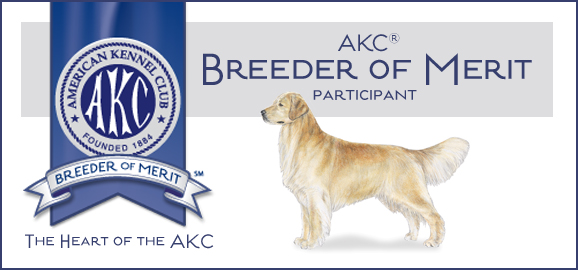Before beginning to train your puppy to move at heel off a fence, your puppy should be proficient at getting in and staying in heel position when you are not moving. He should also be proficient at moving one or two steps on a fence. However, since we are making the exercise more difficult by moving off the fence, we’re going to reduce criteria making the already learned aspects of the exercise easier. Initially, take one step and mark the instant your puppy’s butt leaves the ground just like you did when working on the fence. Use reward placement to help your puppy find correct heel position. Gradually increase criteria the same as you did when teaching your puppy to move on the fence.
Alternate between one-step-and-sits, rewarding for staying still, quarter turns to the left, and side steps to the right. When doing the one-step-and-sits use reward placement to help your puppy sit straight. When doing quarter turns to the left, don’t mark until your puppy finds heel position on his own. If your puppy can’t find heel position on his own without reward placement while doing the stationary exercises , you need to go back and work the stationary exercises until he can.
If your puppy sits too far from you when moving forward, do a side step to the right. Walking too far away from a handler is very common with puppies. If yours is one of those puppies that likes more space, do a side step to the right often. Another tip for keeping your puppy close to you is to keep your hand still and close to the side of your body. Don’t put your arm in a heel position or swing it naturally at your side until your puppy is comfortable being close to you and consistently heeling nice and close. Especially, don’t flap or swing your arm out away from you.
When first starting to move one step at heel off the fence, vary how you take your one step. Sometimes take only a half step. Stopping with one foot ahead of the other will help the puppy to learn to find heel position no matter how your feet are positioned. When walking, sometimes your right foot is in front. Sometimes your left is in front. Sometimes, your feet are almost together. Your puppy needs to learn to regulate where his body is no matter where your feet are with relation to each other.
Alternate between marking and rewarding the following:
1. sitting still in heel position (Mark and reward multiple times in a row.)
2. moving one step (Mark while the dog is moving and then get a sit with reward placement.)
3. doing a one-step-and-sit
4. Doing quarter turns to the left
5. Doing side steps to the right
Gradually decrease the amount of help you are giving your puppy with reward placement (except after you’ve marked for moving in heel position). You are ready to increase the number of steps when your puppy is consistently getting in and staying in good position without reward placement.
Increase the Number of Steps
As you are alternating between the heeling exercises already learned, throw in one repetition where you take two steps. Do not take two steps twice in a row. Go back to performing several of the already learned exercises in between times that you take two steps. Take two steps only occasionally with most of your work being review of the already learned exercises. Adding the extra step should be seamless. If it’s not, it’s because you haven’t practiced the other more foundational heeling exercises enough.
As your puppy progresses, take two steps more often. Then once your puppy is heeling straight, sitting straight, and maintaining constant eye contact, occasionally add a third step. Always continue practicing and reinforcing one-step-and-sits, quarter turns, and other foundational work as you add steps. Make sure that as you add steps you remember to sometimes mark and reward after the sit and at other times, you mark for movement. When marking for movement, continue using reward placement for a straight sit. If your puppy is hesitant to move thinking that the sit is what always brings reward, mark far more often for movement. If your puppy is slow to sit when you stop, rarely mark for movement and mark for sitting more often.
Continue practicing the foundational exercises occasionally throwing in a greater number of steps between reward events. Increasing the number of steps must be done gradually and randomly. The puppy must always think that the mark and reward could come at any minute.
The first step in particular must not be forgotten. A common mistake is for trainers to quit marking the first steps. The puppy then learns that there is no point in paying attention until after those first steps. He’ll develop a habit of looking away at the start. Continue marking and rewarding the one-step-and-sit.
If your puppy looks away or gets distracted, you have added steps too quickly. Stay at the level where you keep your puppy successful. When your puppy fails, reduce criteria and make sure he doesn’t fail twice in a row. If your puppy is looking away from you or sitting crooked more than 10% of the time, you are asking too much of him. Reduce criteria and keep him successful.
Gradually and randomly increase the number of steps at a speed that moves your puppy forward in his training while at the same time continues to keep him successful.

